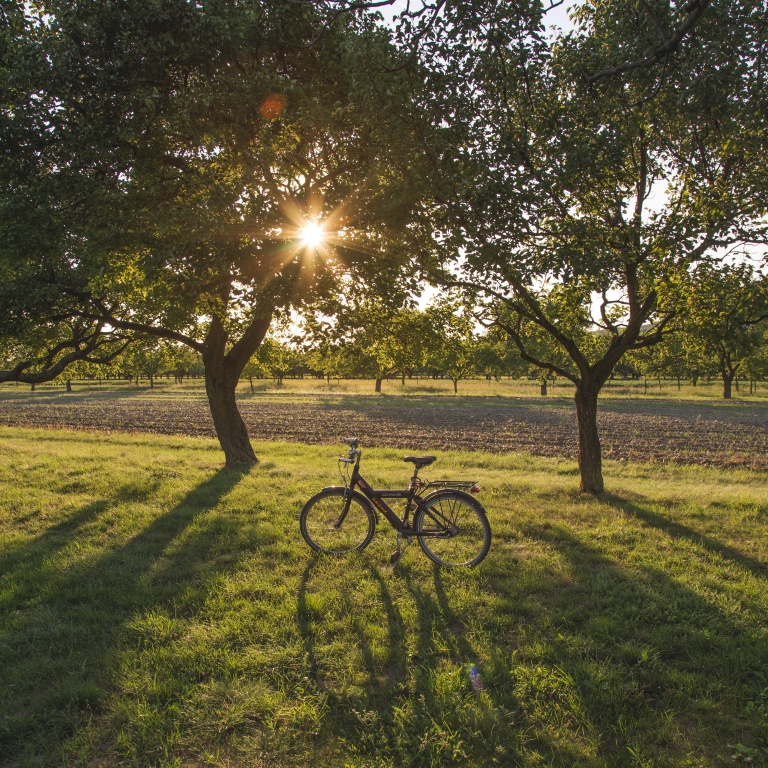
Although I am an artist and crafter, among other things, my academic training is in the fields of environmental studies and science. I’m trained to think carefully about how society and the environment interact, and I’ve been thinking recently about the ways in which that balance translates to artistic pursuits. This post explores the responsibilities we have as artists and craftspersons to be environmentally responsible in our work, for our own benefit as much as the benefit of the environment and those around us.
Is Crafting Inherently Responsible?
Crafting, I think, is inherently attuned to the idea of responsibility, in that crafters are conscious about the materials we use. At its heart, crafting involves making something new from something that already exists: Creating a quilt from squares of cloth, thread, and batting. Knitting a scarf from a skein of wool. It is a value-adding, creative, transformative operation. 1 + 1 = 3.
Some of us take this operation further, creating new items out of used materials (upcycling) or conscientiously striving to use up every last scrap of paper or every last bit of yarn. Crafting can thus not only be transformative, but be explicitly an art of recycling and the avoidance of waste.
While recycled art can have a reputation for being coarse (or at least it does in my mind, I’m embarrassed to admit), it can also be very beautiful. I stumbled upon an article on Mental Floss listing a number of artists who recycle materials, and the work is stunning. Search for “recycled” on Etsy, and you’ll see a plethora of inventive and inspiring products.
I remember seeing a clip on television as a young child, in which the artisan created fantastical scenes out of leftovers: cardboard tubes, springs, boxes, and any other type of material they could find. That image has stayed with me all these years. For the longest time, I strove to emulate this person, saving cardboard, bottles, wire, tissue paper, and anything that might come in handy. And although I recently de-stashed (tossing and recycling most of my materials to clean out my work space and minimize fire hazards!), I also used the materials to make a homemade lazy-susan-type turntable and a homemade cone thread holder for my sewing machine to avoid the expense of purchasing commercial products.
Ultimately, I suppose that my hoarding only delayed rather than prevented waste, but it highlights the strain of crafting that looks at stuff and thinks: What can I do with this? Crafting gives stuff new life by the very nature of its exercise.
The Hazards of Art
Beyond crafting as a verb, I want to consider the materials of crafting and their impacts on personal and environmental health and safety. We’ve all gotten paint or ink on our hands (a badge of honor as an artist!), but that begs the question of whether that’s actually a good thing.
Artists can potentially be exposed to a wider variety of toxins through the materials they use in their work. For example, potters must consider their exposure to clay dust, which can harm their respiratory systems. Similarly, many paints were traditionally made with toxic pigments such as cadmium and arsenic that have anecdotally contributed to illness and increased morbidity in artists. Working with these materials carries an inherent risk to our own health, and possibly to the health of anyone who receives our art.
How do we mitigate these risks? Tattooists, for example, follow best practices to reduce the chances of infection, while printmakers use gloves and ventilation to avoid exposure to harmful chemicals. Many manufacturers publish safety guidelines for their products, called material safety data sheets, or MSDS. Accessing these guidelines and following best practices is a good first step in understanding and addressing these risks.
(For further exploration of these questions, The Guardian published a thoughtful piece on this subject a number of years ago.)
Art as Reflection
As citizens of the world, I believe we have the responsibility to use resources wisely, and to add value to ourselves, the lives of the people around us, the planet on which we live, and the generations yet to come. I don’t think this means never consuming or creating anything, but I do think it entails considering the consequences of our creations.
So I ask you: How do you think about your own arts and crafts? Do you look up the MSDS to find out the safest ways to handle the materials you use? Do you seek out products branded as recycled or eco-friendly? Do you reuse paper or turn off the lights in the studio when you leave for the day? How are you responsible with your art?